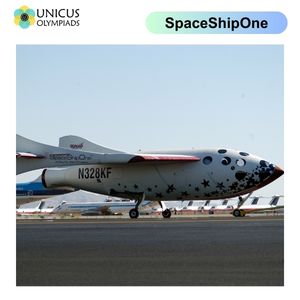

Throughout history, space exploration has been defined by numerous groundbreaking achievements. These "firsts" have shaped our understanding of space, technology, and the potential for human exploration beyond Earth. Countries and individuals have made significant contributions to space exploration, and their efforts continue to inspire future generations. Below are some of the major space "firsts," led by both countries and individuals, that have had a lasting impact on humanity’s exploration of the cosmos.
Sputnik 1: October 4, 1957

Yuri Gagarin: April 12, 1961

Apollo 11: July 20, 1969
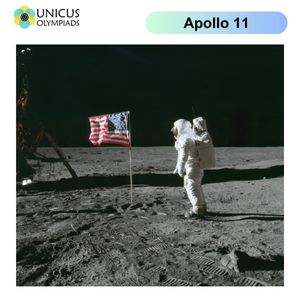
Salyut 1: April 19, 1971

Columbia (STS-1): April 12, 1981
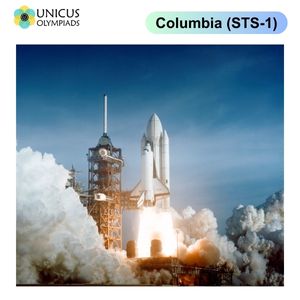
Mariner 2: August 27, 1962

Valentina Tereshkova: June 16, 1963

Dragon: October 10, 2012
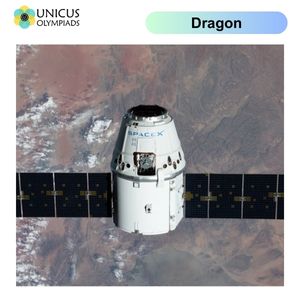
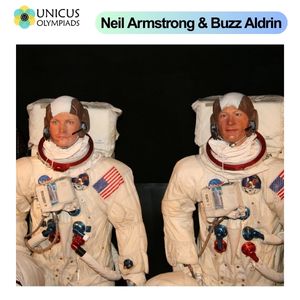
Neil Armstrong and Buzz Aldrin: July 20, 1969
SpaceShipOne: June 21, 2004
